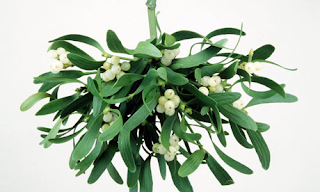As part of our 125th Anniversary celebration at Stein Your Florist Co. we are sharing a year of floral education, November 1, 2012 thru October 31, 2013. Each day we will post something new on our Facebook page to share our knowledge of our favorite things, flowers and plants and we'll be updating our blog every 5 days or so. No need for pencils and notebooks, just sharing some simple lessons in floristry.
 |
| Poinsettia Greenhouse |
 |
| Monet Twilight Poinsettia |
 |
| Joel Roberts Poinsett |
Day 48 - Poinsettias received their name in the United States in honor of Joel Roberts Poinsett, who introduced the plant into the country in 1828. Poinsett was a botanist, physician and the first United States Ambassador to Mexico. He sent cuttings of the plant he had discovered in Southern Mexico to his home in Charleston, South Carolina. The word Poinsettia is traditionally capitalized because it is named after a person.
 |
| Poinsettia Sap |
Day 49 - Poinsettias are part of the Euphorbiaceae or Spurge family. Botanically, the plant is known as Euphorbia pulcherrima. Many plants in the Euphorbiaceae family ooze a milky sap. Some people with latex allergies have had a skin reaction (most likely to the sap) after touching the leaves.
Day 50 - Paul Ecke Jr. is considered the father of the Poinsettia industry due to his discovery of a technique which caused seedlings to branch. This technique allowed the Poinsettia industry to flourish. The Paul Ecke Ranch in California grows over 70% of all Poinsettias purchased in the United States and about 50% of the world-wide sales of Poinsettias. As of August 2012, the Ecke Ranch, which was family-owned and operated for nearly 100 years, announced that it had been acquired by the Dutch-based Agribio Group.
 |
| Branched Poinsettias |




















